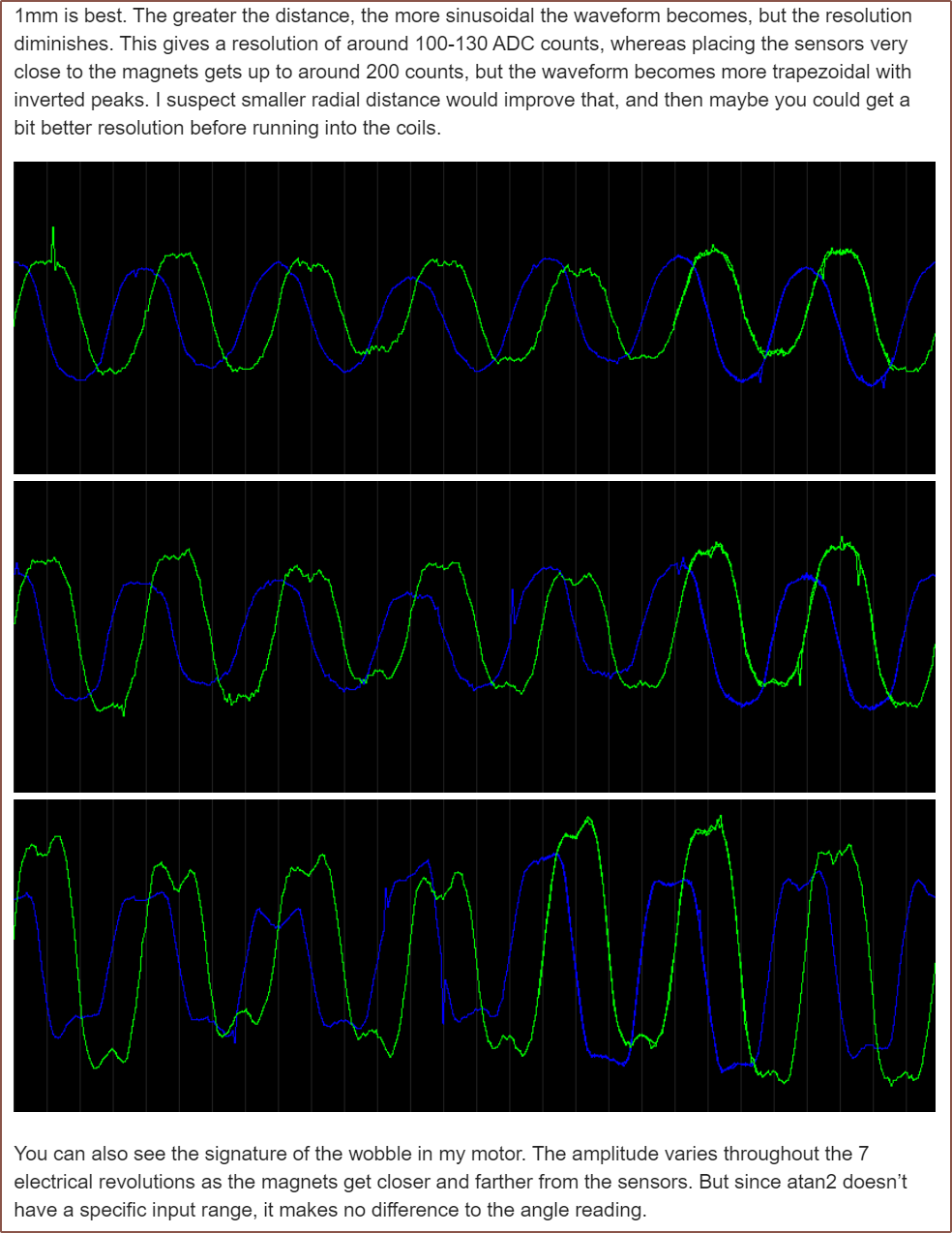Hall effect sensors
Firstly, I want to mention that @dekutree64 commented in this log from #DIY Mech/Exoskeleton suit. about his experiments on using 2 hall effect sensors in this form thread. The original poster (OP) of the thread mentioned a drawback was a "computational intensive trig operation" but deku responded with a link describing an approximation that is correct to 0.28 degrees. Now, deku's been able to get the below results, with 3.3V circuitry:

Thus, I belive I'm going to go ahead with using 2 linear hall effect sensors for positional tracking.
Waterproofing Tetrinsic?
Secondly, I want to add water resistance to the list of supported features of Tetrinsic.
I've been mulling over going the extra mile to obtain a higher solution coverage. Just as I aprieciated water resistance on full-android smartwatches, I believe water resistance would further open up the applications that Tetrinsic could be used in (for example, writing a novel in a bath or jotting down sudden ideas in the shower), as well as increase resilience against day-to-day life.
The idea is simple, which is to encase the coils and UVC components in a resin transparent to UVC wavelengths if it exists. Something thermally conductive would be ideal.
For the load cell, a solution may be to coat the strain guages in nail varnish or a coating specifically designed for this application.
 kelvinA
kelvinA
Discussions
Become a Hackaday.io Member
Create an account to leave a comment. Already have an account? Log In.